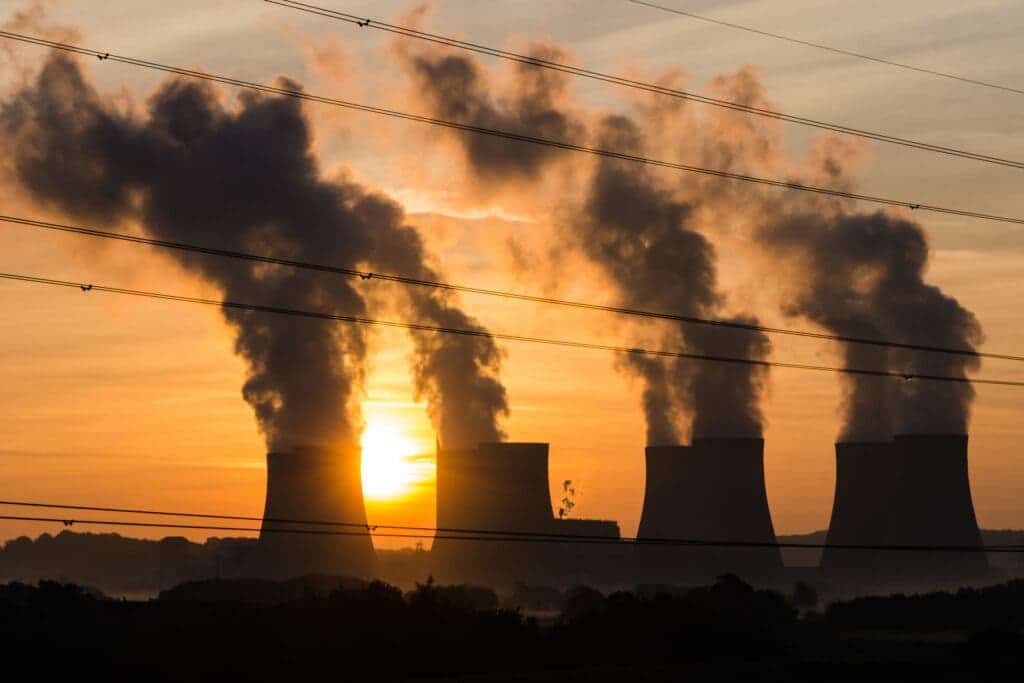When the pandemic hit and economies around the world went into lockdown, governments frequently promised to “build back better” or to carry out a “green new deal” once economies reopened. Turns out, it was mostly hot air.

Jonas Nahm, a researcher at Johns Hopkins School of Advanced International Studies, and his colleagues looked at national fiscal stimulus efforts for G20 economies between 1 January 2020 and 31 December 2021. The researchers chose these countries as they account for more than 80% of global emissions and 85% of global economic activity — these are the climate elephants in the room.
The 20 largest economies injected stimuli of at least US$14 trillion during that period — close to China’s annual gross domestic product, for comparison. While most of the money went for shoring up healthcare systems, wages, and welfare, only 6% (or about $860 billion) went to areas that will cut emissions, such as installing renewable plants.
This green investment is less than those that followed previous recessions, the researchers argued. After the global financial crisis in 2007–09, for example, 16% of global stimulus spending was directed at emissions cuts (or about $520 billion). If a similar share had been committed today, the total would be about $2.2 trillion.
So all in all, investments in renewables and other green infrastructure were severely lagging behind what was promised.
The study showed some governments did more than others. The EU and South Korea led the pack, as each dedicated more than 30% of their COVID-19 fiscal stimulus to emissions-reducing measures. Brazil, Germany, and Italy also spent over 20%. India, China, and South Africa were at the other extreme, focusing on fossil fuel spending.
Looking at the reasons behind this trend, Jonas Nahm told ZME Science governments were preoccupied with the pandemic and not as focused on making structural changes to the sources of growth in the economy. Lobbying by interest groups in the fossil fuel industry could be another reason. However, he argues further research is needed to fully answer why this happened.
The road ahead
There’s still time to improve, the researchers argued, highlighting a set of lessons governments can learn from their recovery efforts. First, they should apply environmental conditions to stimulus bills. It is cheap and effective. Attaching climate targets to corporate bailouts can shift sectors onto more sustainable trajectories.
Governments should also focus on recovery measures that have direct emissions impacts. This means accelerating public spending on renewables to reduce the use of fossil fuels and increase the energy efficiency of housing, as South Korea did. Or even investing in vehicle electrification, as Germany did by buying EVs for the government.
At the same time, the researchers believe governments should position their economies strategically to compete in a post-carbon world. This means focusing investments in low-carbon industries, building institutions to make economies more resilient to future shocks, and also helping fossil-based industries to do a transition.
“We hope that showing these aggregate numbers will highlight where we fall short and provide motivation to do things differently going forward. There are also many concrete policy lessons that can be learned from the things governments did do to reduce emissions, even if they didn’t amount to a sufficient response overall,” Nahm told ZME Science.
The study was published as a commentary piece in Nature.









